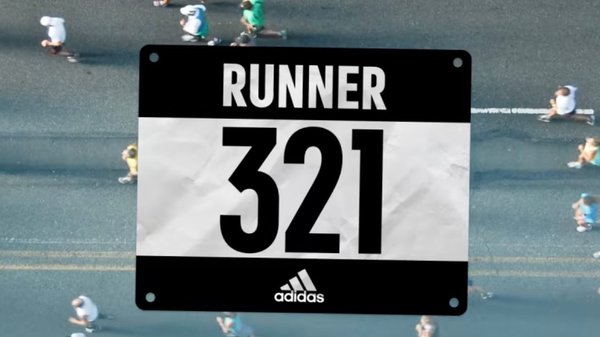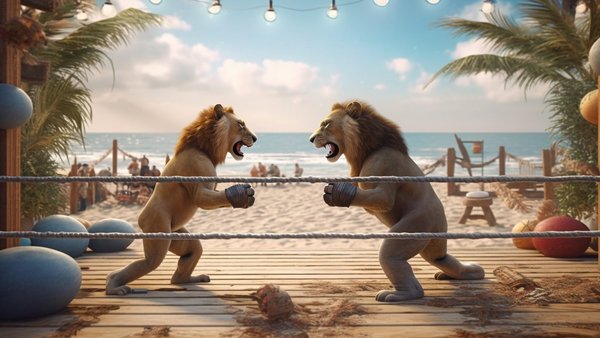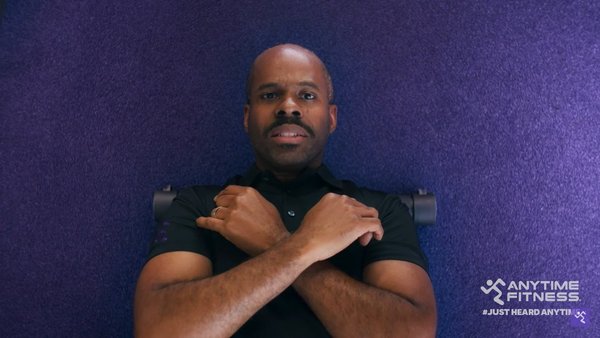DAIVID puts the Cannes Lions Film winners to the test /
Which Cannes Film Grand Prix hit harder with real people? DAIVID’s AI platform has some thoughts
Adtech company DAIVID has used its AI-powered creative data platform to measure the effectiveness of the two Film Lions Grand Prix winners from Cannes Lions 2025.
Trained using tens of millions of human responses to ads, DAIVID’s AI models predict the emotions an ad will generate and its likely impact on brand and business metrics. Metrics include 39 different emotions, attention, brand recall and purchase intent. Here’s what it thinks of Channel 4’s Considering What campaign, and L’Oréal’s The Final Copy of Ilon Specht short film.
Brand / Channel 4
Campaign / Considering What?
- Intense positive emotions (vs UK norm): 48.7% (+0.1%)
- Top 3 key positive emotions: Interest, Admiration, Inspiration
- Intense negative emotions (vs UK norm): 29.7% (+8.3%)
- Top 3 Negative emotions: Confusion, Boredom, Anxiety
- Brand recall: 70.5% (+28.5%)
- Attention – first three seconds: 60.4% (-7.4%)
- Attention – last three seconds: 56.2% (-3.4%)
- CES score (overall effectiveness score): 6.14/10
Intense feelings of anxiety, disgust and horror – they’re the kind of emotions you’d expect to feel watching the latest slasher movie, not a Cannes Lions winner.
But then Channel 4 has been pushing boundaries with bold, thought-provoking campaigns since it took over coverage of the Paralympics in 2012, starting with its ground-breaking Meet the Superhumans campaign.
Considering What? – C4’s trailer for its coverage of the 2024 Paris Paralympics – continues that proud tradition by cleverly turning the camera on viewers to challenge stereotypes around disabled people and Paralympians.
The result is an odd, powerful emotional cocktail of both negative and positive feelings throughout. As well as above average emotions of admiration, excitement, pride and inspiration, viewers were also left feeling much more guilty, disgusted and horrified than they normally would do watching an ad. Overall intense negative emotions were 8.3% higher than the average ad.
Packing such an emotional punch, it’s no surprise that people find it hard to forget who is behind the campaign, with brand recall 28.5% above average.
However, by trying something different and challenging, the ad also generates high levels of confusion (15.7% above the industry norm), which in turn led to lower-than-average attention.
But with an overall effectiveness score of 6.14 out of 10, Considering What? still managed to score higher than 60% of the ads ever tested by DAIVID.
Brand / L’Oréal
Campaign / The Final Copy of Ilon Specht
- Intense positive emotions (vs UK norm): 46.8 (-4%)
- Top 3 key positive emotions: Interest, Sadness, Warmth
- Intense negative emotions (vs UK norm): 41.1% (+49.9%)
- Top 3 Negative emotions: Confusion, Boredom, Awkwardness
- Brand recall (vs UK norm): 63.4% (+15.5%)
- Attention – first three seconds: 53.4% (-18.1%)
- Attention – last three seconds: 48.9% (-16%)
- CES score (overall effectiveness score): 5.7/10
More than three times sadder than the average ad, The Final Copy of Ilon Specht is certainly a powerful and sometimes difficult watch.
The short film tells the story of Ilon Specht, the woman behind one of the most iconic and enduring ad taglines of all time: ‘Because I’m worth it’.
Through a series of moving interviews, the film shines a light on one of adland’s unsung pioneers. Specht, who took part in the documentary after being diagnosed with terminal cancer, sadly passed away before she could see its release.
Tackling such serious subject matter, it’s no surprise that the film generates much more intense negative emotions than the average ad (+49.9%).
In addition to high levels of intense sadness and empathetic pain, the film sparked 79.3% more anger than the average ad. This was no doubt driven by the injustice of Specht’s name remaining largely unknown despite the huge barriers she had to overcome to defy the norms of an industry where beauty advertising was overwhelmingly shaped by a male perspective. Interestingly, fear (+126%) is also prominent, with viewers possibly forced to think about their own mortality.
Being forced to deal with such emotions – as well as the 18-minute film’s slow pace – no doubt impacted the film’s overall effectiveness. Attention levels were slightly lower than average throughout, while boredom (+9.1%) and confusion (+64.5%) were also high as viewers struggled to get to grips with what they were watching. This in turn impacted the film’s ability to drive action, with viewers’ intentions to buy, search or recommend the brand also lower than the industry norm.
However, with the L’Oréal brand a key component of the story, brand recall was 15.5% higher than the industry norm. Overall, the film scored slightly below average for overall effectiveness, but higher than 40% of ads in our database.
Want more of the same? /
We don’t just write about best-in-class campaigns, interviews and trends. Our Members also receive access to briefings, online training, webinars, live events and much more.







